How to Sanitize your Car?
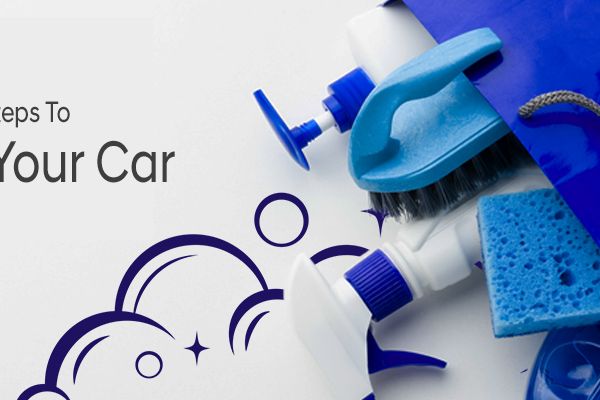
8 January, 2024

4 Easy Steps To Sanitize Your Car
With the Coronavirus fast-spreading, your family's safety is of utmost importance. Although scientists claim that the vaccine is around the corner, the age-old saying "Prevention is better than cure" stands true in today's scenario.
Many SOPs (Standard Operating Procedures) are already laid out to be followed at home, school/colleges, and workplaces. However, one place people usually ignore sanitising is their personal transport. Since most choose their cars over public transport fearing the virus, it is essential to sanitise your car.
So, we listed out four easy steps that will help you sanitise your car and make your drives safer:
Maintaining Personal Hygiene:
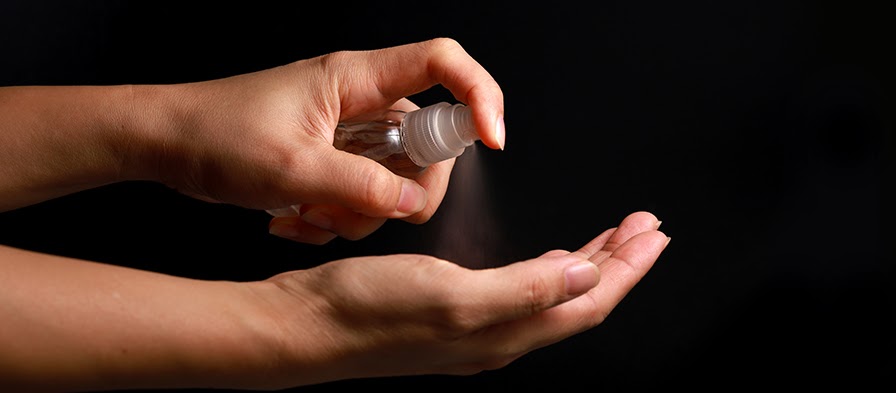
- Maintaining personal hygiene is the most obvious yet crucial step towards sanitising your car.
- Washing hands or using hand sanitisers before getting in your car ensures that the virus does not enter your car.
- Ensure the windows are rolled down and the air conditioner is switched off unless required, as the virus is known to thrive in closed and cold conditions.
- Keeping a tissue paper box on the dashboard helps if someone gets a sudden cough or sneeze.
Disinfecting Regularly Touched Surfaces:
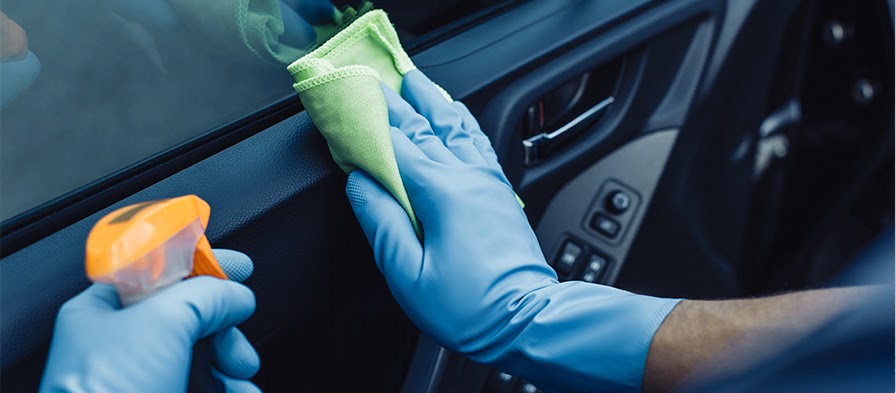
- Disinfect surfaces that one regularly touches in the cabin, such as door handles, gear stick, hand brake, sun visors, seat adjustment levers, steering wheel, seat belt buckles, dashboard, grab handles, touchscreens and all the buttons and knobs.
- The disinfection process is not a one time process and must be continuously repeated at least twice a month or more, depending on how often you use your car.
- Choosing the right cleaning product for your car is crucial so that you do not spoil the upholstery. There is a wide range of cleaning products made specifically for car interiors and exteriors. If none of these is available, a simple bathing soap or a shampoo can get the job done too.
- Sanitisers can also be used to clean the car but make sure the alcohol content is above 70% while buying one for your car.
- Use a microfiber cloth to clean your mirrors, windshield, touchscreen infotainment and other surfaces; microfiber cloth retains dirt particles more efficiently than regular cloth or tissue and does not cause scratches.
Cleaning The Upholstery:

- Using the wrong product while cleaning can damage the upholstery in the headrests, seatback pockets, backrests and armrests. Make sure to use cleaning products specifically designed for cleaning upholstery.
- Bleach and hydrogen peroxide is a strict no, even if they are effective against coronavirus; they are known to damage your seats permanently.
- If you have leather seats, it is advisable to use sanitisers and soaps in small quantities as they cause discolouration. You can also use conditioners after disinfection to maintain the quality of the leather.
- For fabric seats, using too much soap not only stains the fabric, but excess soap can seep into the seats, making matters worse. Use a damp cloth and wipe down the seats for best results.
- If you are not sure how to correctly clean your car or are scared of spoiling your interiors, you can always get it steam cleaned or dry cleaned by professionals.
Maintaining Social Distancing:
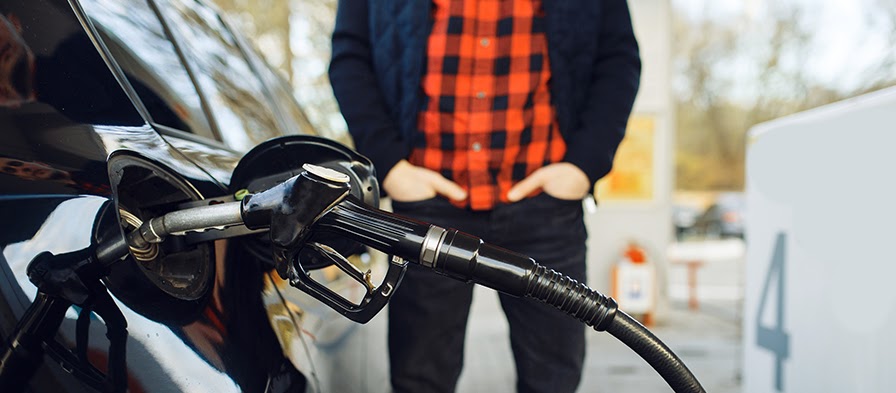
- Decreasing human contact as much as possible even when you are seated in your car is the best way to keep your car sanitised and stop spreading the virus.
- Avoid handing over your car to others, especially to valets and practice parking your car.
- Maintain a safe distance from the pump attendants while refuelling your car at the station and opt for paying through digital wallets as much as possible.
During this pandemic, all of us must maintain social distancing and follow basic health safety protocols to ensure the safety and health of ourselves and those around us.
Latest Blogs
New blog
14 Places to Visit in Bengaluru with Your Friends

New blog
Recognizing the Outstanding Efforts of Graduating Students

New blog
Why Should You Wear a Seatbelt In Your Car?
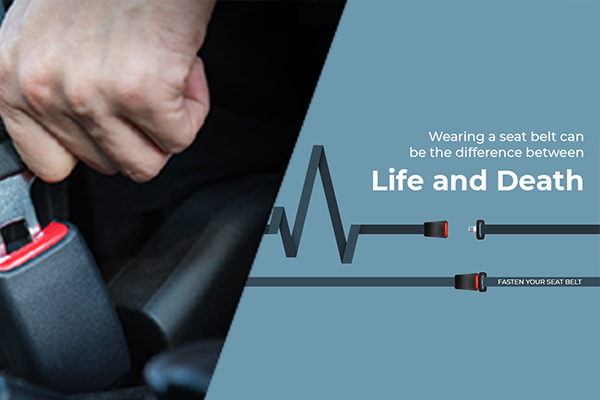
New blog
January Offer on Hyundai Cars - Press Release

New blog
Hyundai Cars March 2022 Discounts and Offers

New blog
How to book a Hyundai Car Service?

New blog
Hyundai Cars February 2022 Discounts and Offers

New blog
How do I find my lost car keys at home?
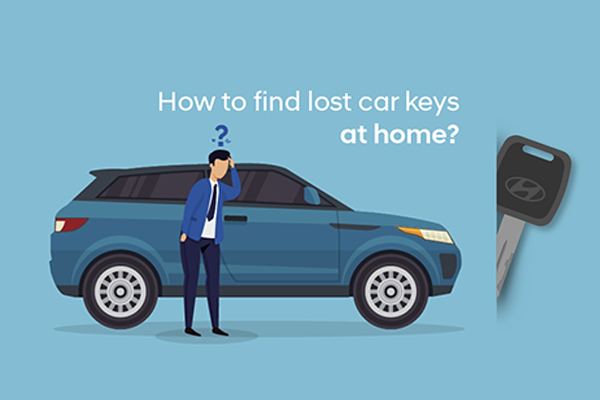
New blog
Everything You Need to Know About Hyundai Tucson!

New blog
5 Reasons Why You Should Store a Printed Road Map in your Car
